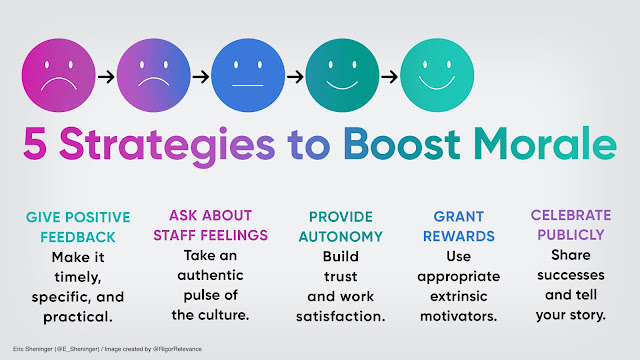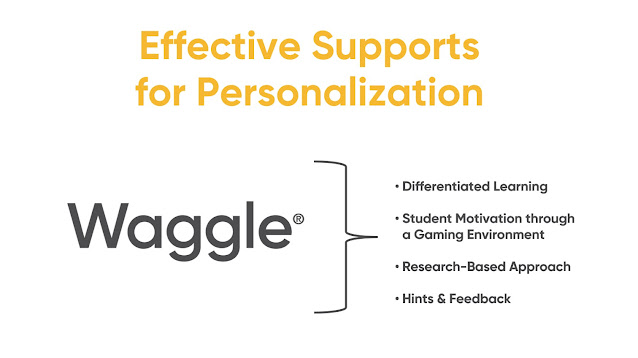There is no shortage of ways to reflect on how we lead in an effort to initiate and sustain change. Culture is everything. Establishing and maintaining relationships is paramount, which Is why I detailed research-based ways to improve morale in a previous post and in Digital Leadership. Another way to help ensure success in this area is to hold ourselves accountable through a self-efficacy lens. Windows and mirrors can be incredible metaphors when it comes to effective leadership. The essence of leaders who embrace this concept is crediting others for success and taking responsibility when things don’t go right. If mistakes occur, and they will, they are of the belief that it is their fault. Such leaders believe it is their fault if mishaps happen on their watch. We can refer to this as leading with a mirror in hand and looking out the window to see what matters most.
In Good to Great, Jim Collins shares the following:
Great leaders look out the window to apportion credit to factors outside themselves when things go well (and if they cannot find a specific person or event to give credit to, they credit good luck). At the same time, they look in the mirror to apportion responsibility, never blaming bad luck when things go poorly.
Windows and mirrors can be powerful leadership tools.
As you reflect on your practice, consider the following:
- Do my actions inspire change?
- Do I lift others up?
- Am I open to feedback?
- Do I seek opportunities to grow?
- Do I seek the input of others when making certain decisions?
Peer through a window and see who is most responsible for implementing and leading change that results in improved outcomes. The collective is bigger and more influential than one person. Be proactive when it comes to eliciting praise so that proper credit is given to those who are playing their part to ensure success for the system. It is essential to understand each other’s strengths and weaknesses and give credit accordingly where success is achieved (Brock et al., 2017). In the end, this will pay dividends not only for overall morale but also for your reputation as a leader.
When something doesn’t go right or as planned, take a look in the mirror to own the outcome. Trust erodes when others are blamed publicly. Research has found that people are reluctant to admit they have failed because of a general desire to avoid negative social evaluation and disapproval from others (Leary, 2007). The buck stops with the leader, plain and simple. Without trust, there is no relationship. Without relationships, no real, meaningful change will occur. If the leadership team or staff falters, look in the mirror and reflect on what you, as the leader, could have done differently. Then pick your people up and begin anew. If an individual(s) is the cause of a problem, speak with them directly behind closed doors to rectify the issue.
Leading through windows and mirrors can develop more humility and empathy, which will serve you well as you strive to support your staff. Both of these attributes are integral in developing relationships that underpin culture and are also necessary for leading change.
Brock, S.E., McAliney, P.J., Ma, C.H. and Sen, A. (2017), "Toward more practical measurement of teamwork skills", Journal of Workplace Learning, 29 (2): 124-133.
Leary, M.R. (2007). Motivational and emotional aspects of the self. Annual Review of Psychology. 58(1):317–344.






